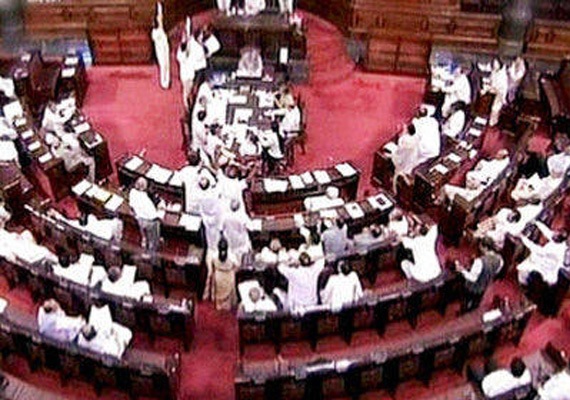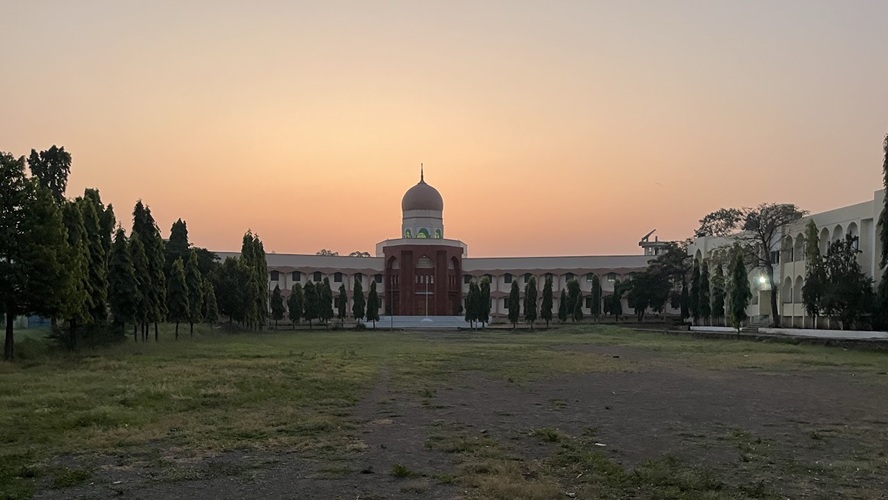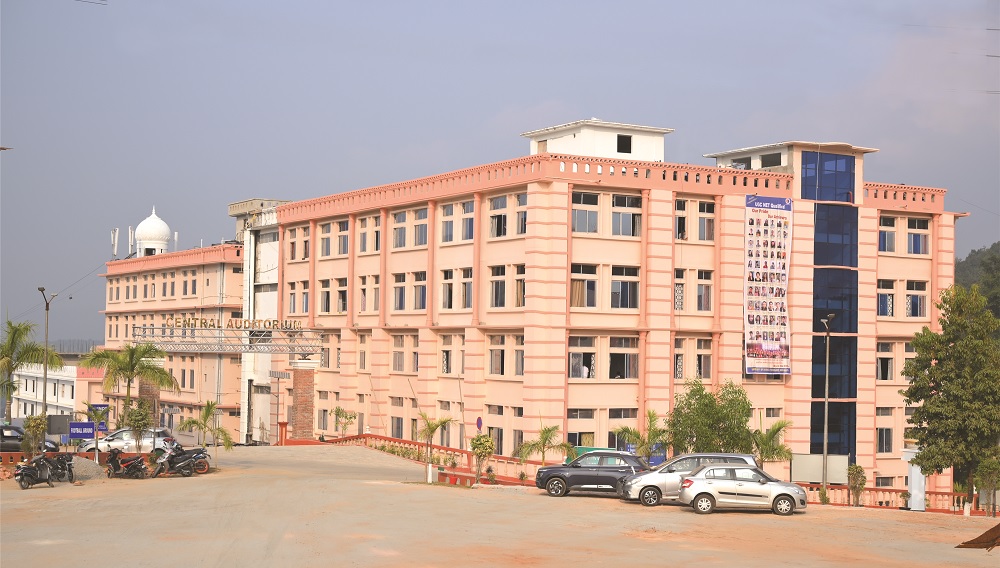New Delhi : Come April, the opposition in the Rajya Sabha may lose its edge in the numbers game and the power to stall any government bill, as the ruling BJP-led NDA coalition is set to catch up with its rivals, though a clear majority will elude them for a while more.
As 58 MPs, including three Nominated and one Independent, are set to retire in April, the Rajya Sabha math is going to change. It is set to favour the National Democratic Alliance (NDA), and the trend may continue in the elections to the Upper House later too with the Bharatiya Janata Party (BJP) having solid majorities in a number of state assemblies, especially the ones it won after the 2014 Lok Sabha polls.
With this, while the Congress-led opposition’s numbers will come down to around 115 from the present 123, the numbers of the BJP, its allies and sympathisers together would climb to around 109 from the present 100-odd members.
And the gap, once wide enough to let the opposition invariably have its say, will keep narrowing further in the coming months.
Of the 55 retiring members (excluding those Nominated), 30 belong to the opposition camp while 24 belong to the BJP and allies. Of them, a large number of NDA candidates are set to return while the opposition will lose a chunk of its members.
As things stand now, the Congress-led opposition has 123 MPs (including 54 of the Congress) in a house of 233 elected members (apart from 12 Nominated), while the NDA has 83 members (including 58 of BJP) plus four Independents who support the BJP (these include MPs Rajeev Chandrashekhar, Subhash Chandra, Sanjay Dattatraya Kakade and Amar Singh).
Also, for all practical purposes, the All India Dravida Munnetra Kazhagam (AIADMK), that has 13 members in the Rajya Sabha, is also with the NDA. This means the NDA’s effective strength in the upper house of Parliament is 100.
The gap was wider till just a few months ago. This meant that during any battle between the government and the opposition in the Upper House over bills and major issues, it was the opposition that invariably had its way. The recent example was the triple talaq legislation that the opposition stalled in the upper house, demanding that it be referred to a Select Committee.
For over less than four years, the Narendra Modi government had faced quite a few embarrassments in the Rajya Sabha thanks to the majority of the opposition, forcing it often to take the money bill route to avoid a clash in the house. Under the Constitution, a money bill needs to be passed only in the Lok Sabha and the Rajya Sabha cannot stall it.
However, after April, the NDA will be in a far better position.
Of the 100 BJP-allies MPs, 24 are retiring. Which means, the government will be left with 76 MPs (including AIADMK). But at least 30 from the NDA are set to get re-elected. So the number will rise to 106.
Add three members that the government would nominate to the upper house and the final NDA tally will roughly be 109 MPs.
Further, there are fence-sitters such as the Telangana Rashtra Samiti (TRS), the Indian National Lok Dal (INLD) and the YSR Congress, which are not virulently against the BJP and would not oppose the government unless for very compelling reasons.
Now, for the Congress and the rest of the opposition, they are set to lose 30 MPs (including one Independent, A.V. Swamy) through retirement and would be left with around 93 members. The Opposition may win roughly 22 seats, which means that its final tally after April is likely to be around 115 members.
The gap has clearly narrowed and the government may not be at the mercy of the opposition during crucial votes and can have its way in the Rajya Sabha if it musters its numbers by deftly wooing “floater” MPs.
The three newly-elected Aam Aadmi Party (AAP) members may remain equidistant from both the BJP and the Congress, though the party is friendly with some of the major opposition parties like the Trinamool Congress.
In an interesting development recently, the AAP actively participated in the opposition’s walkout and the day-long boycott of the Rajya Sabha over long intra-day adjournments of the Upper House by Chairman M. Venkaiah Naidu.
The AAP, which was not welcome at any opposition meetings earlier, particularly those held in Parliament House, was invited to speak at a joint opposition media interaction on the day. But nobody can be sure as to how long this bonding would last.
Partywise tally of those retiring in April-May from the opposition’s side include 13 from the Congress, six from the Samajwadi Party, three of the Trinamool Congress, two each of the Nationalist Congress Party and Biju Janata Dal and one each of the CPI-M, the Bahujan Samaj Party and the Jharkhand Mukti Morcha.
From the ruling side, 17 MPs of the BJP, three of the Janata Dal United, one of the Shiv Sena and two of the Telugu Desam Party (TDP) are retiring.
In terms of state-wise vacancies to be created in April, the highest number is from Uttar Prdaesh (9), followed by Maharashtra (6), Madhya Pradesh (5), Bihar (5), Gujarat (4), Karnataka (4), West Bengal (4), Rajasthan (3), Odisha (3), Andhra Pradesh (3), Telangana (2), Uttarakhand (1), Himachal Pradesh (1) and Chhattisgarh (1).
(Asim Khan can be contacted on mohd.a@ians.in )
—IANS






0 Comments